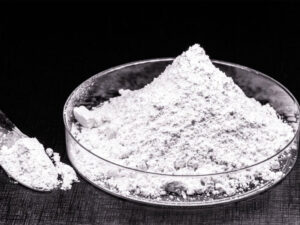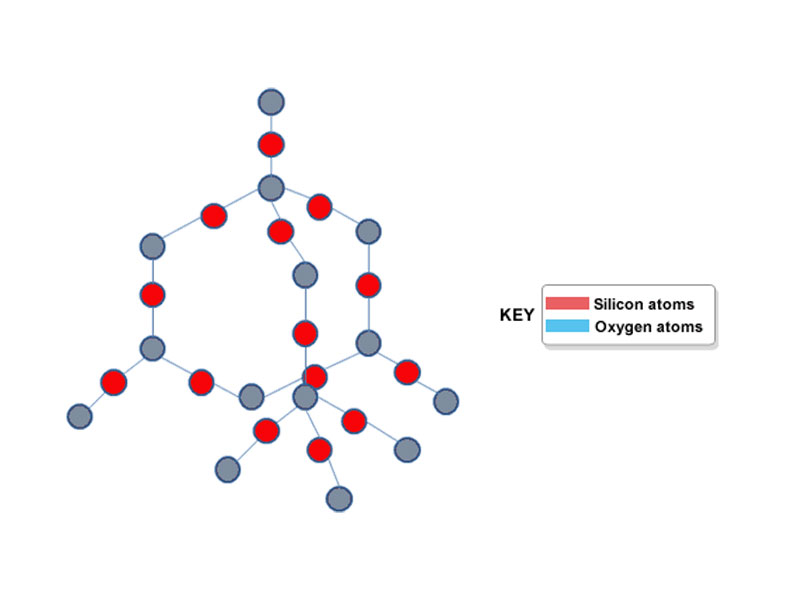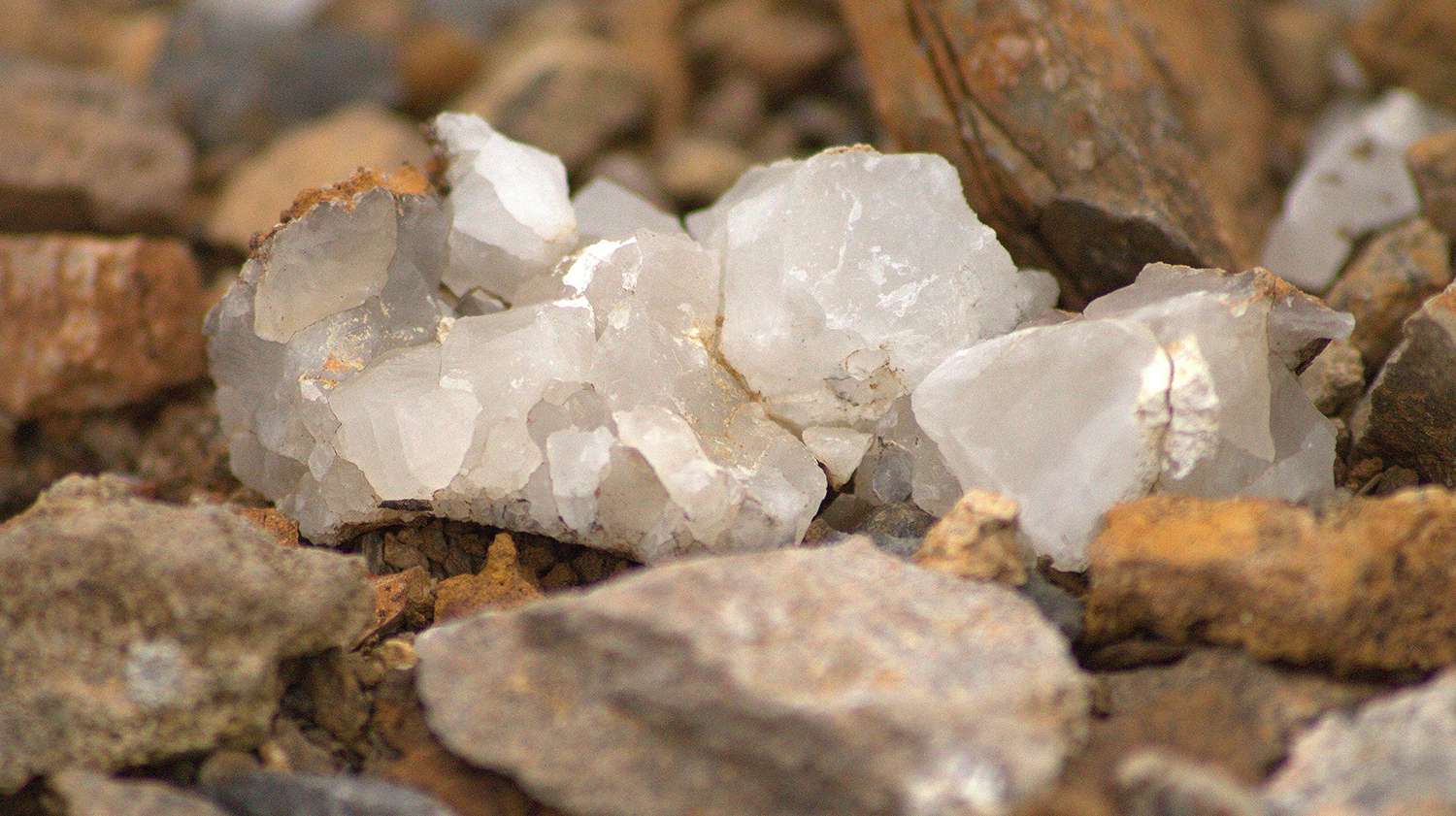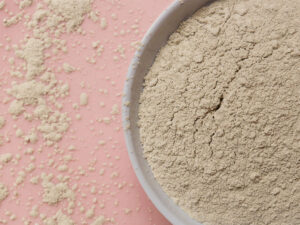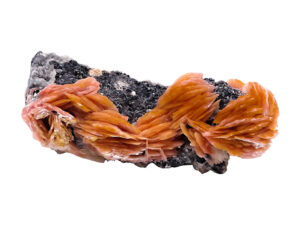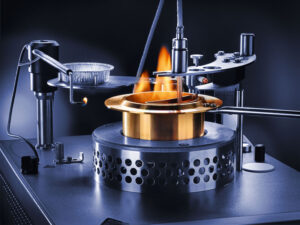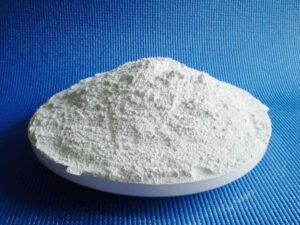Silica is a compound that holds a significant place in various industries due to its remarkable properties and diverse applications. In this comprehensive guide, we will delve into the depths of silica’s chemical formula, its structure, uses across different sectors, and its overall impact on our lives. From construction to electronics, let’s explore the fascinating world of silica.
Read More: Silica
Introduction
Silica, with the chemical formula SiO2, stands as one of the most abundant compounds in the Earth’s crust. Its unique properties make it an indispensable component in various industries, influencing everything from construction to technology.
Understanding Silica’s Chemical Formula
Silica’s chemical formula, SiO2, reveals its composition: one silicon atom bonded with two oxygen atoms. This atomic arrangement imparts exceptional stability and heat resistance to silica, making it invaluable for countless applications.
The Structure of Silica Molecules
Silica molecules form intricate structures, often in the shape of tetrahedrons. These structures interlock, resulting in the formation of different types of silica, such as amorphous silica and crystalline silica. The arrangement of molecules influences its properties and applications.
Read More: Wikipedia
Natural Occurrence of Silica
Silica is found abundantly in nature, appearing in various forms like quartz, sand, and flint. Its presence in soil, rocks, and even plants underscores its importance in the natural environment.
Industrial Extraction of Silica
Industrial extraction methods involve processes like quarrying and mining. The extracted raw material undergoes purification and processing to obtain silica of the desired purity, essential for its diverse applications.
Read More: Dolomite
Applications in the Construction Industry
Silica’s durability and strength find extensive use in construction materials. From concrete to mortar, its incorporation enhances the longevity and stability of structures.
Silica in Electronics and Technology
The semiconductor industry relies on ultra-pure silica for manufacturing silicon wafers used in electronic devices. Its ability to facilitate the flow of electricity while enduring high temperatures is crucial for technological advancements.
Medical and Cosmetic Uses of Silica
Silica finds its way into medical and cosmetic products due to its absorbent and anti-caking properties. It’s commonly used in medications, toothpaste, and skincare items.
Silica’s Role in Food and Beverage Industry
As an anti-clumping agent, silica is added to powdered foods, spices, and beverages. Its inert nature ensures it doesn’t interfere with the taste or quality of consumables.
Environmental Considerations and Impact
While silica is indispensable, its extraction and usage raise environmental concerns. Proper safeguards are necessary to mitigate the impact on ecosystems and human health.
Read More: Bentonite
Future Innovations and Advancements
Ongoing research explores innovative applications of silica, including its potential in renewable energy technologies, water purification, and advanced materials.
Conclusion
In conclusion, the chemical formula SiO2 encapsulates the remarkable versatility and significance of silica. From construction marvels to cutting-edge electronics, and from medical breakthroughs to culinary delights, silica’s influence reverberates across industries, improving our lives in countless ways.
FAQ
What is the chemical formula of silica?
The chemical formula of silica is SiO2.
How is silica extracted for industrial use?
Silica is extracted through methods like quarrying and mining, followed by purification and processing.
Can silica be found in our daily food items?
Yes, silica is used as an anti-clumping agent in powdered foods, spices, and beverages.
What safety precautions should be taken while working with silica?
When working with silica, wearing protective gear, proper ventilation, and adhering to safety guidelines are crucial to prevent respiratory issues.
How does silica contribute to sustainable practices?
Silica’s use in renewable energy technologies and water purification showcases its potential in promoting sustainability.


